Revolutionize Your Ceiling, Prevent Costs: Miramar’s Top Flood Damage Fixers
Are you a homeowner in Miramar, FL, struggling with water ceiling damage from recent floods? You’re…….
Introduction
In the aftermath of a catastrophic flood, the path to recovery is not merely a matter of rebuilding what was lost but also restoring the integrity of the affected environment. Miramar, a region known for its unique ecological and urban landscapes, has faced such challenges head-on. This comprehensive article delves into the multifaceted process of “Miramar Flood Damage Restoration,” exploring its significance, methodologies, and the broader implications it holds for disaster management and environmental conservation. Readers will gain a deep understanding of how this restoration process not only revives structures but also rehabilitates ecosystems, ensuring resilience against future floods.
Understanding Miramar Flood Damage Restoration
“Miramar Flood Damage Restoration” is an intricate process that encompasses the technical and scientific strategies employed to restore and reconstruct areas affected by flooding in the Miramar region. This involves assessing the damage, removing contaminated materials, drying out structures, mold remediation, and rebuilding with improved flood resilience. The historical context of this process is rooted in understanding natural water flows, soil composition, and local weather patterns, which are critical to designing effective restoration plans. Its significance lies in not only addressing immediate physical damage but also in preserving the cultural heritage and biodiversity unique to Miramar.
Global Impact and Trends
The impact of flood damage restoration is not confined to local borders; it has a global resonance, influencing international policies and practices. The increasing frequency and intensity of flood events due to climate change have highlighted the necessity for robust restoration strategies worldwide. Trends such as the integration of sustainable materials, green infrastructure, and community involvement are shaping the trajectory of flood damage restoration efforts. Regions ranging from densely populated urban centers to rural agricultural areas are adopting these practices, adapting them to their specific needs and climatic conditions.
Economic Considerations
The economic implications of flood damage restoration are profound, affecting various sectors including construction, insurance, and public services. Market dynamics are influenced by the availability of skilled labor and specialized resources, which can drive up costs. Investment patterns in disaster-resilient infrastructure and technologies present opportunities for economic growth and job creation. The role of “Miramar Flood Damage Restoration” within economic systems is critical, not only for immediate recovery but also for long-term stability and development.
Technological Advancements
Technological advancements have revolutionized the field of flood damage restoration. Innovations such as advanced sensors for monitoring water levels, drones for aerial assessments, and nanotechnology for efficient drying processes have significantly improved response times and outcomes. These technologies also enable better forecasting models to predict flood events, leading to more proactive and effective restoration strategies. The future potential of these advancements includes the development of smart materials that can adapt to changing environmental conditions, further enhancing resilience.
Policy and Regulation
A robust policy and regulatory framework is essential for guiding “Miramar Flood Damage Restoration” efforts. International agreements such as the Paris Agreement and local ordinances alike influence how restoration projects are planned and executed. Building codes, environmental regulations, and disaster management policies ensure that restoration activities are not only effective but also sustainable and equitable. These frameworks also address issues of governance, accountability, and public participation, which are crucial for the long-term success of restoration initiatives.
Challenges and Criticisms
“Miramar Flood Damage Restoration” faces several challenges, including limited funding, regulatory hurdles, and the need for interdisciplinary collaboration. Critics often point out the lack of coordination among stakeholders and the slow pace at which restoration projects are completed. Solutions to these issues involve creating transparent funding mechanisms, streamlining regulations, and fostering collaborative partnerships between governments, NGOs, and communities. By addressing these challenges head-on, “Miramar Flood Damage Restoration” can be more effective and responsive to the needs of those affected by flooding.
Case Studies
Several case studies exemplify the successful application of “Miramar Flood Damage Restoration.” One such example is the post-hurricane recovery efforts in the aftermath of a major storm, where the integration of green spaces into rebuilt infrastructure not only restored functionality but also enhanced the community’s resilience to future floods. Another case study highlights a rural area where traditional building techniques were combined with modern materials to create homes that are both culturally appropriate and resistant to flooding. These success stories provide valuable lessons on effective restoration practices, highlighting the importance of adaptability, innovation, and community engagement.
Future Prospects
The future prospects for “Miramar Flood Damage Restoration” are promising, with potential growth areas in technology integration, policy development, and international cooperation. Emerging trends such as biophilic design and the use of sustainable materials will shape restoration efforts, focusing on harmonizing human structures with natural environments. Strategic considerations include the need for comprehensive disaster preparedness plans and the adoption of holistic approaches that address both physical reconstruction and socio-economic recovery.
Conclusion
“Miramar Flood Damage Restoration” is a multifaceted endeavor that requires a concerted effort from various sectors. It addresses not only the immediate physical damage caused by flooding but also the long-term socio-economic and environmental impacts. Through a combination of technological innovation, policy guidance, and community involvement, Miramar can emerge stronger and more resilient, ready to face future challenges with confidence and determination. The global community watches and learns from these efforts, recognizing the importance of preparedness, adaptability, and collaboration in the face of natural disasters.
Note: This document provides a structured overview of “Miramar Flood Damage Restoration.” For actual restoration projects, it is essential to consult with local experts and tailor solutions to the specific needs and conditions of the affected areas.

Are you a homeowner in Miramar, FL, struggling with water ceiling damage from recent floods? You’re…….
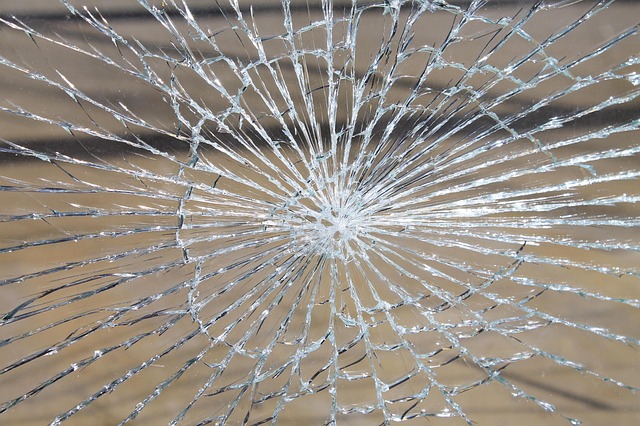
Are you a business owner in Miramar, FL, worried about potential flood damage? Don’t panic! Our emer…….

Are you a Miramar resident facing flood damage? You need reliable, swift action. Our top-rated emerg…….
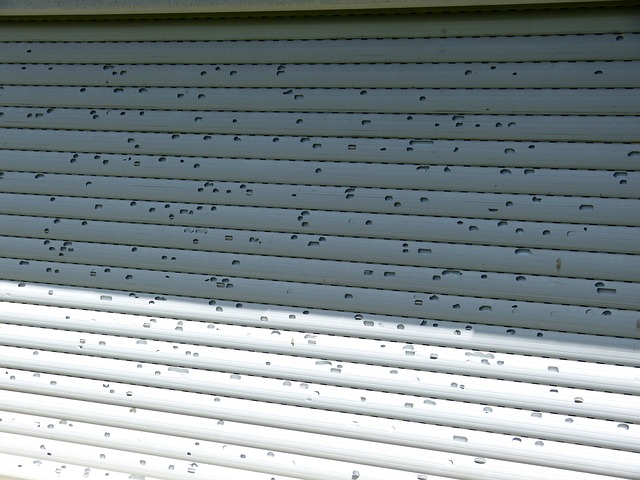
Are you a Miramar homeowner fearing flood damage? Don’t panic—our insurance-preferred flood recove…….
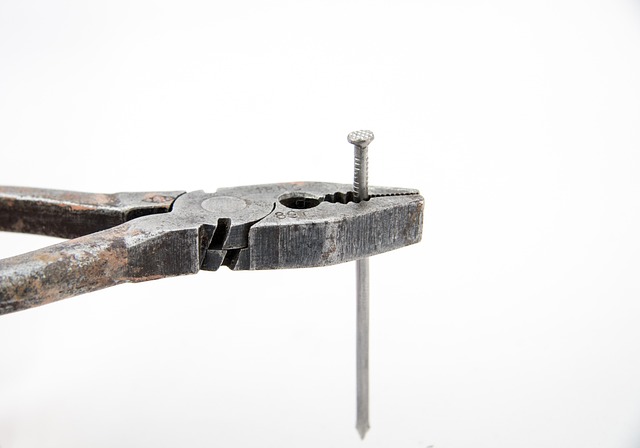
Are you a Miramar resident facing flood damage and worried about your carpets? We offer the ultimate…….
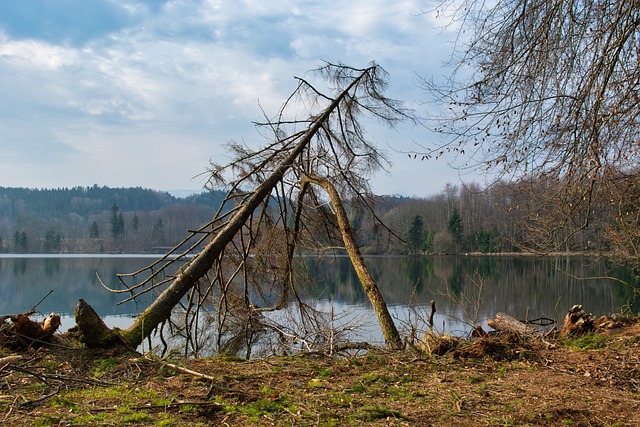
Are you a resident of Miramar, FL, struggling with the aftermath of a flood? Don’t panic; our affor…….
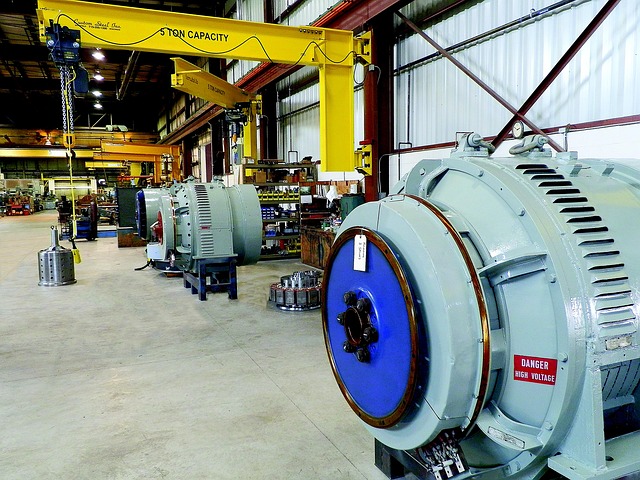
Are you a Miramar resident fearing flood damage? Look no further! Our reliable flood mitigation cont…….

Are you a resident of Miramar, FL, dealing with flood damage? You don’t have to go it alone. Our exp…….
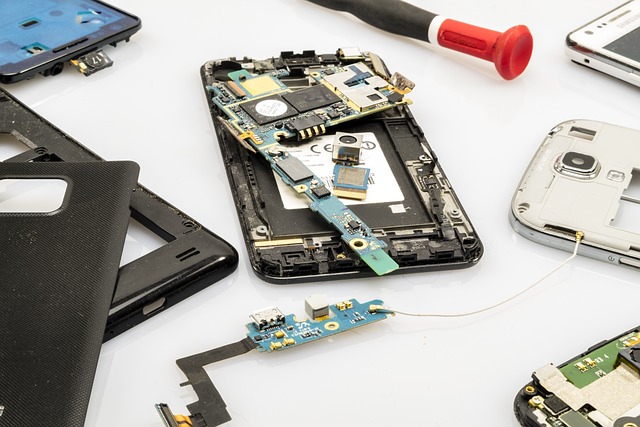
Are you facing flood damage in Miramar? Don’t worry, we’ve got you covered! Our top-rated flood rest…….

Are you in Miramar and facing a toilet overflow emergency? Don’t stress! Our expert restoration serv…….